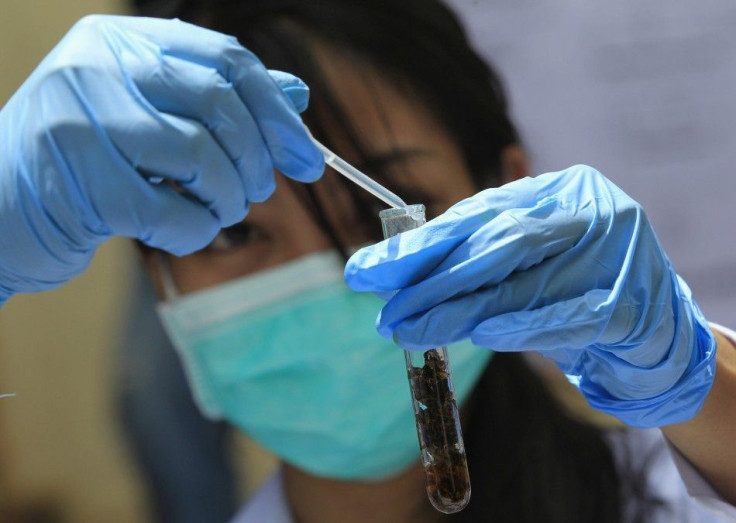Purity of ‘Ice’ Sold in Australia Up 20% From 4 Years Ago

The purity of crystal methamphetamine, also called ice, had gone up 20 per cent the past four years in Australia, according to Sam Biondo, head of the Victorian Alcohol and Drug Association.
The association is the peak body that represents agencies which deals with people grappling with alcohol and other legal and illegal substances.
Biondo pointed out that the increase in use of ice since 2010 happened despite banning the drug. He said prohibition fails to stop illicit drug use or causes increase in production, distribution and consumption of these substances.
He explained, quoted by Western Australia Today, "Prohibition hands over control to those who are involved in the supply of illicit substances, hence increasing their profits and contributing to a range of avoidable harms for individuals, families and communities."
Bionde blamed prohibition for distorting many things such as what the evidence says. He added, "Our laws create perverse incentives, take resources away from schools, hospitals and needy communities and place ever increasing amounts into prisons and unwinnable war on drugs."
Instead of insisting on using "a flawed single-minded approach," Bionde said.
With the higher purity of ice now, Bionde said, citing research, it is closer to 75 per cent, but many users of this illegal drug are unaware of the harms they are doing their bodies before they have their first taste of methamphetamine.
Elucidating on the effect of ice, former New Zealand drug detective Mike Sabin said methamphetamine causes the brain to release six times the amount of pleasure chemical dopamine when triggered by sex and thrice when triggered by cocaine.
Along with the 20 per cent increase in strength of ice is the 20 per cent hike in the use of methamphetamine in the past 12 months, resulting in almost 24,000 drug offences across Australia in the past year to March.
The perception that there is an epidemic of ice production and consumption in Australia has led New South Wales Police Commissioner Andre Scipione to seek the creation of a national taskforce to curb the drug's production and use.
James Pitts from Odyssey House added that in 2013, 33 per cent of people who went through rehabilitation named methamphetamine and amphetamine-type substances are their main drug of concern.
Bionde's statement only confirms that most of the traditional methods of dealing with the drug problem fail to address the growing menace.




















